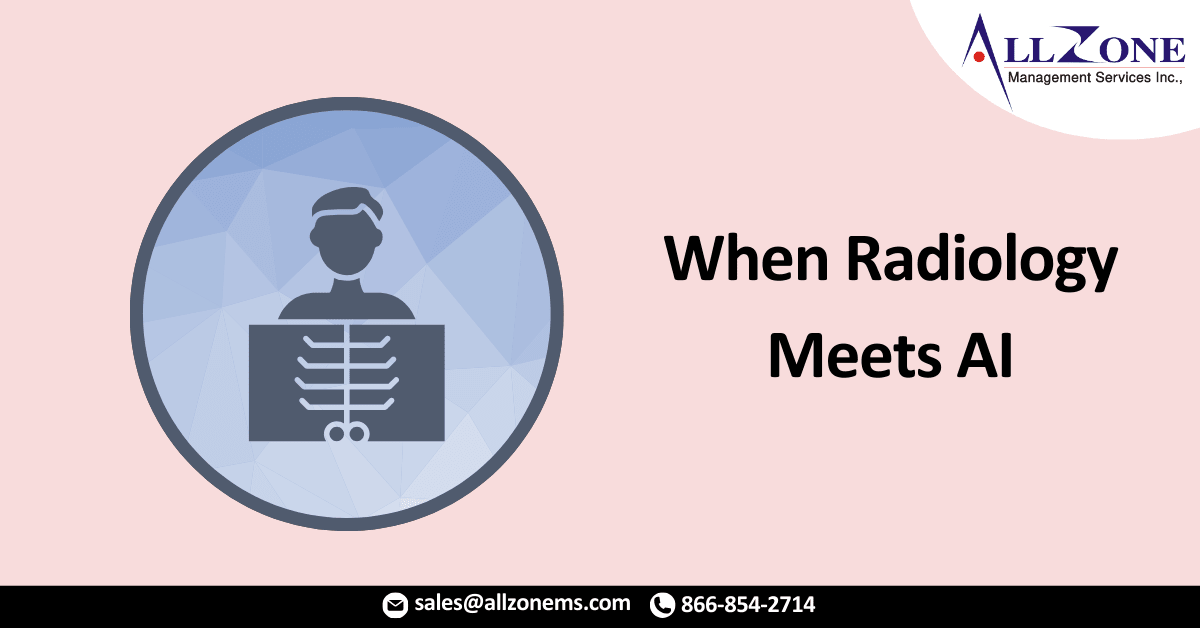hatGPT, a powerful AI language model trained on vast amounts of internet data and human feedback, is making its way into healthcare. It has already passed the US Medical Licensing Examination, co-authored a peer-reviewed medical article, and even drafted a prior authorization request for an echocardiogram. However, is it ready for real-world healthcare decision-making?
As a radiologist with AI deployment experience since 2016 in a field with 396 of the 500 FDA-cleared AI applications, I see multiple roles for ChatGPT in healthcare, particularly in radiology. But to truly harness its potential, proper user training is essential.
Understanding ChatGPT’s Role
ChatGPT generates language by predicting the next word, which means it can produce errors. The quality of output depends on the quality of input—garbage in, garbage out. ChatGPT can highlight details that humans may miss, but its limitations must be acknowledged. When used with proper oversight, the AI-human collaboration can enhance decision-making.
AI in healthcare is both a technical and clinical tool. Effective augmentation requires educating clinicians on its function and applications. Radiology’s experience with AI provides insights on how to train healthcare users:
Key Considerations for ChatGPT in Radiology
- Data Access: ChatGPT relies on text data. While it cannot process medical images, it can analyze electronic health records and radiology reports to improve accuracy and efficiency.
- Optimizing Accuracy: ChatGPT can produce incorrect but convincing responses. Expert oversight is critical. Radiologists should validate AI-generated content and refine its accuracy through reinforcement learning.
- Use Case Identification: Clearly defined use cases ensure AI serves as an effective augmentation tool rather than a liability.
- Regulatory Compliance: ChatGPT is not a medical device, but its application in clinical decision-making could warrant FDA oversight. Users must understand regulatory boundaries.
- Ethical & Legal Considerations: Issues like liability in medical errors must be addressed. Responsible use begins with training and well-defined applications.
- Transparency: AI should be used with full disclosure, allowing users to assess its accuracy and reliability.
ChatGPT’s Potential in Radiology
- Enhancing Radiology Reports: AI can structure and refine reports, autofill data from EMRs, and generate patient-friendly summaries.
- Summarizing Patient Data: ChatGPT can provide comprehensive patient histories by summarizing prior reports, lab results, and clinical notes.
- Standardizing Best Practices: It can present the latest guidelines tailored to specific cases, ensuring consistent quality of care.
- Billing Compliance & CPT Mapping: AI can help radiologists meet Medicare billing requirements and optimize CPT coding for accurate reimbursement.
- Validating AI Performance: ChatGPT can cross-check radiology reports against AI computer vision outputs, flagging inconsistencies for expert review.
- Drafting Regulatory Comments: AI-generated drafts can streamline stakeholder feedback to government agencies, improving engagement and regulatory processes.
The Future of AI in Radiology
The fear that AI will replace radiologists has evolved into a more nuanced understanding: AI’s true value lies in making radiologists better. However, this potential will only be realized if we understand its intricacies and apply it wisely.
By leveraging AI responsibly, radiologists and other healthcare professionals can enhance efficiency, accuracy, and patient care—ushering in a new era of AI-assisted medicine.

